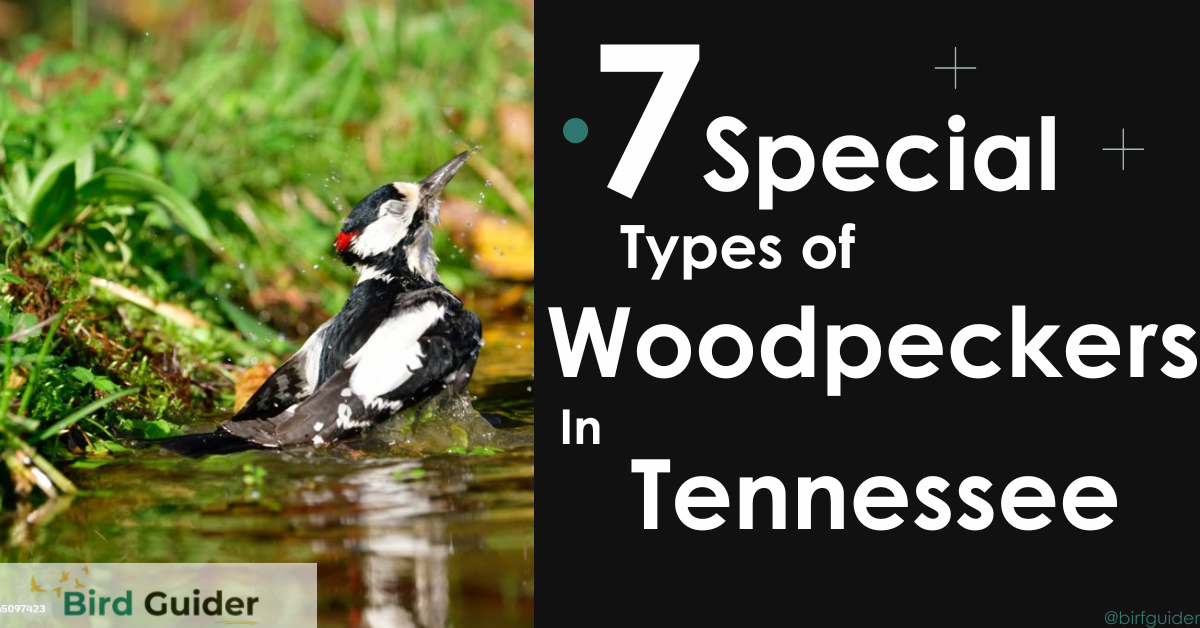Tennessee’s forests are home to fascinating woodpeckers that are important for forest health. Their unique drumming sounds and colorful feathers add to nature’s beauty. This article highlights 7 special types of woodpeckers in Tennessee, focusing on their behaviors and traits. Birdwatchers and anyone interested will learn to appreciate the state’s rich wildlife. Let’s explore these amazing birds together!
Pileated Woodpecker
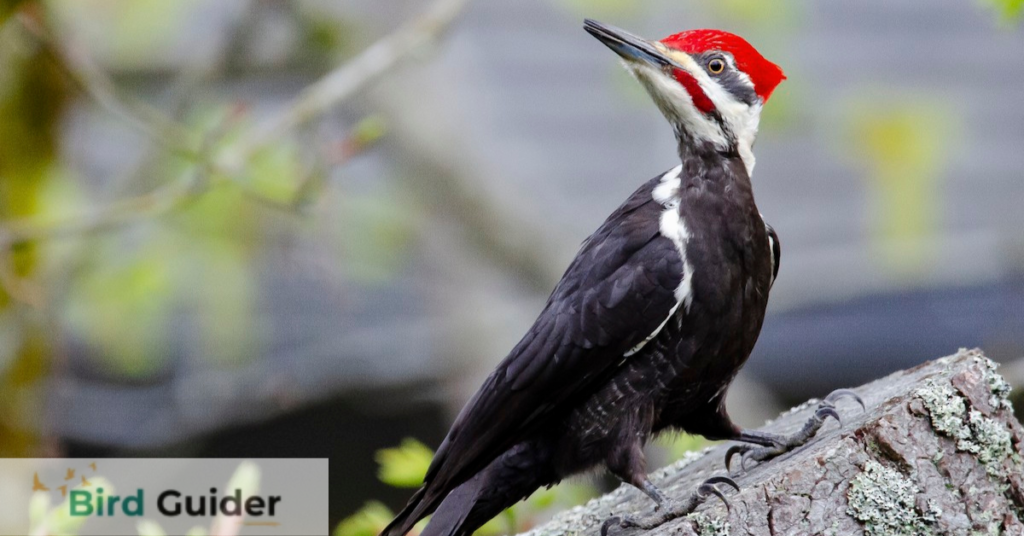
The Pileated Woodpecker is one of the largest woodpeckers in North America, measuring 16 to 19 inches long. It has a striking black body with bold white stripes and a bright red crest, making it easy to identify. This woodpecker is known for its loud drumming. Males have a bright red crown, while females have a black crown with red highlights.
Northern Flicker

The Northern Flicker is smaller, measuring 11 to 14 inches. It has unique speckles and a reddish or yellowish mustache, which varies by subspecies. Unlike most woodpeckers, Flickers also look for food on the ground. Males are usually more colorful than females.
Hairy Woodpecker
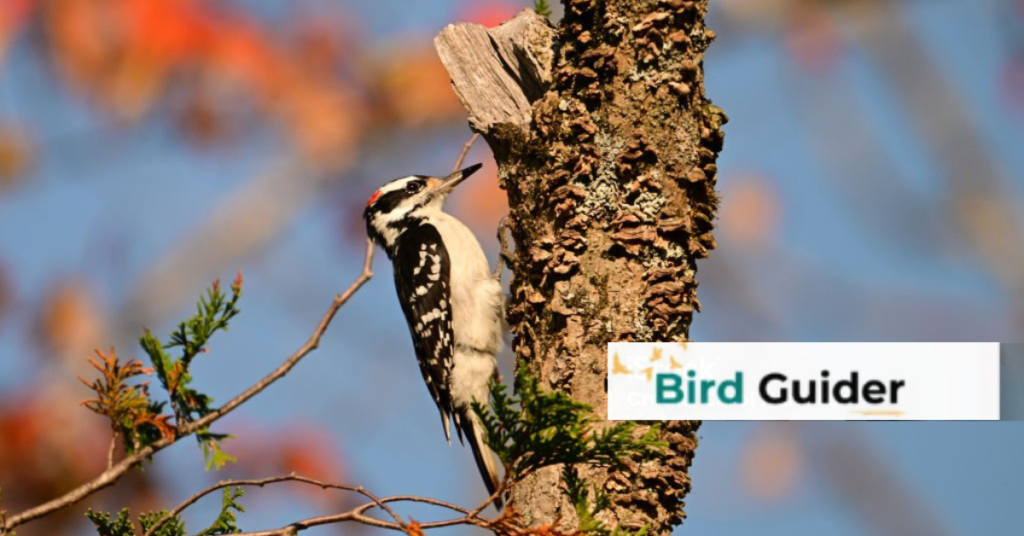
The Hairy Woodpecker is 7 to 10 inches long and has black and white feathers with a white belly. Males have a red patch on their heads, but females do not. They skillfully look for insects in trees and are common in Tennessee’s woodlands and suburbs.
Red-bellied Woodpecker

The Red-bellied Woodpecker is large, measuring 9 to 12 inches. It has a warm beige belly and a red cap on males. Its bold black and white stripes make it stand out. These woodpeckers are social and often communicate while searching for food in mature forests. Females have less bright red markings.
Downy Woodpecker
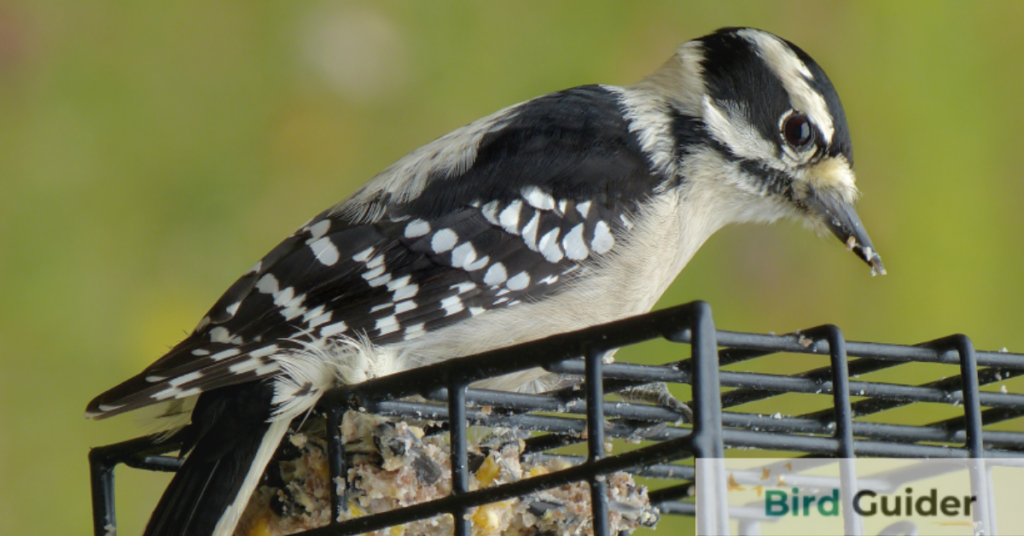
The Downy Woodpecker is one of the smallest woodpeckers in North America, measuring 6.5 to 7.1 inches. It has a black and white speckled back, a white belly, and black wings with white spots. These agile birds hop up tree trunks to find insects. Males have a red patch on their neck, while females have a black crown. You can see them all year in Tennessee’s different habitats.
Yellow-bellied Sapsucker
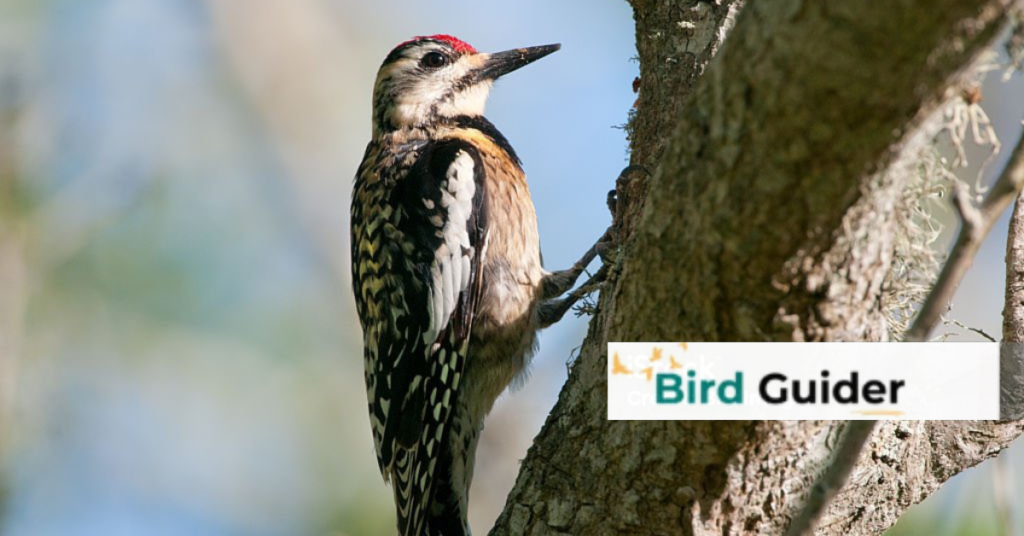
The Yellow-bellied Sapsucker is large, measures 7 to 9 inches. It has black feathers, yellow underparts, and white patches. These woodpeckers drill holes in trees to eat sap and usually stay alone outside of breeding season. Males have a red crown, while females are brownish. Both species show their feeding habits by leaving drilled holes in trees.
Red-headed Woodpecker
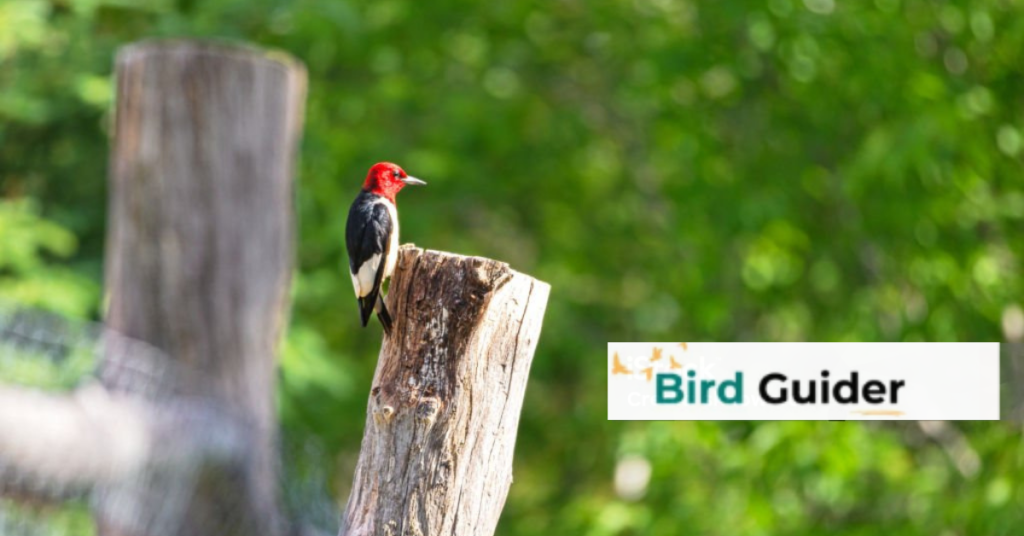
The Red-headed Woodpecker is 9 to 10 inches long and has a bright red head and black wings. It flies acrobatically and makes drumming sounds. Instead of pecking wood, it searches for food on the ground or low branches. Males are a bit brighter than females. They like areas with oak trees, which offer food like insects and nuts. Their colorful look enhances Tennessee’s wildlife.
Conclusion
In conclusion, Tennessee woodpeckers make forests more beautiful and help the environment with their special features. Each type of woodpecker is important for keeping habitats healthy. Learning about woodpeckers helps people appreciate forest ecosystems. Birdwatchers and nature lovers can discover more about these interesting birds. It is important to celebrate and protect Tennessee’s birds while enjoying nature.
FAQs
What is the big type of woodpecker?
Pileated woodpecker. The pileated woodpecker is a large, mostly black woodpecker native to North America.
Which is the most common woodpecker?
Great spots are our most common woodpeckers and the best drummers by a long way. They beat their beaks against hollow branches or tree trunks at a stunning 40 hits per second.
Where do most woodpeckers live?
Most species live in forests or woodland habitats, although a few species are known that live in treeless areas, such as rocky hillsides and deserts, and the Gila woodpecker specializes in exploiting cacti. Members of this family are chiefly known for their characteristic behavior.

